Stumbled across this recently:
- China aims to become custodian of foreign sovereign gold reserves to strengthen its standing in the global bullion market, according to people familiar with the matter.
- The People’s Bank of China is using the Shanghai Gold Exchange to court central banks in friendly countries to buy bullion and store it within the country’s borders.
- The move would enhance Beijing’s role in the global financial system, furthering its goal of establishing a world that’s less dependent on the dollar and Western centers.
Remember when the US stole Venezuela’s gold? Remember when the West “froze” Russia’s reserves, including gold?
Actions have consequences. Since most countries do more trade with China than with the US, let alone the laughable UK, and since China appears a lot less likely to steal one’s reserves, this rather makes sense.
China does almost half of its trade now in Yuan, and the the remaining is often in local currencies. (The Russians pay in rubles, for example.)
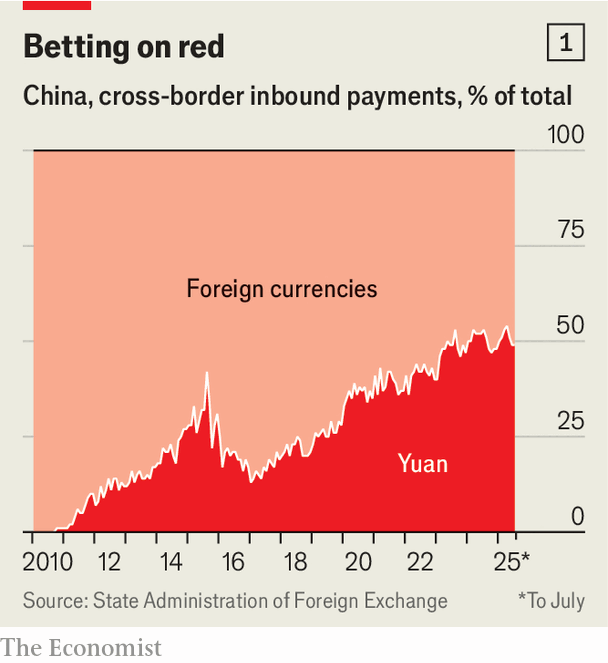
When you add in the trade flows, and bear in mind this is 5 years old and today China has overtaken in more countries…
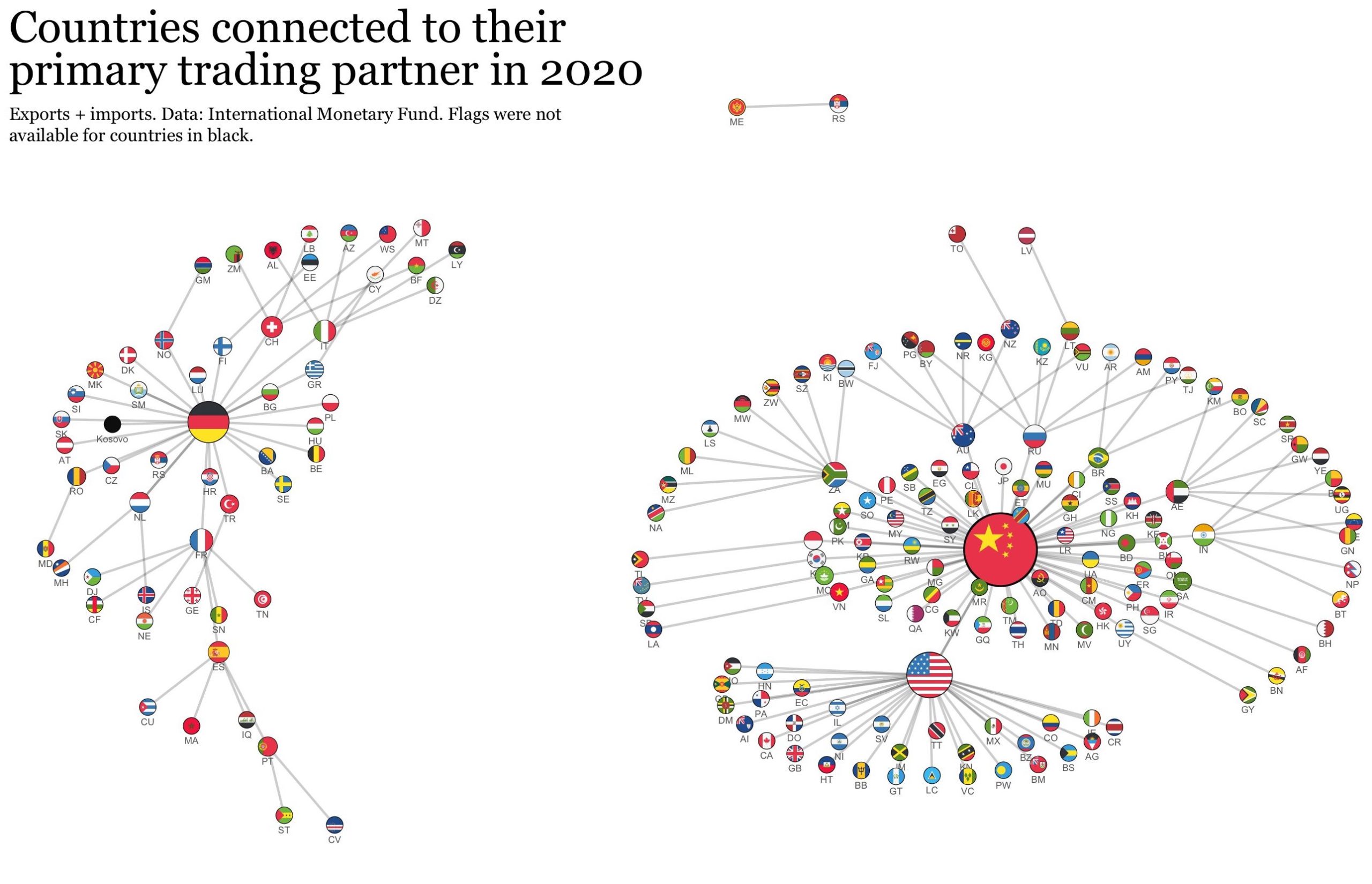
Well, why exactly would you use US dollars for trade, or use New York or London as your primary foreign banking center? You’d be a fool if you did so, if you’re outside of the West+allies (Japan, South Korea, Taiwan.)’
The US stock market is also VASTLY over-valued. There hasn’t been a proper market correction which was allowed to stick in generations. The idea that US public companies are worth more than China’s public companies is ludicrous. As the actual world economy is now centered on China, not America, this will become unsustainable, because the US dollar is going to copy what happened to the UK pound over the 20th century, and the US will no longer have currency seignorage: if other countries don’t want it, the US can’t just print it without massive and crippling inflation.
This means the eternal rising market created by Greenspan and treated as sacred by every President and Federal Reserve Chairman is in its last gasp. No matter how much they will wish to prop it up, they won’t be able to without crippling side-effects beyond what can be papered over by printing more money and giving it to rich people. (All of this before the fact the stock market is currently an AI circle jerk, with companies buying NVidia chips for AI and NVidia then investing in those companies. When AI turns out to be an ordinary tech, useful for some things but not revolutionary, BOOM.)
Meanwhile:
Iran supplied its first advanced gas turbine to Russia
Iranian firm MAPNA marks first international sale of high-tech, showing independence under Western sanctions
Provides alternative to the aging German Siemens units & offers higher efficiency pic.twitter.com/LfW8WMrRFt
— RT (@RT_com) September 22, 2025
This is a big deal. This is what GE and Siemens sell. Now there are Japanese and Korean and Chinese suppliers, but this a key technology. And Iran can make it now. GE has the largest installed base, followed by Siemens (German), but why court sanctions risk and repair parts being cut off?
When the Ukraine war started, Siemens withdrew from Russia, and refused to maintain already sold turbines.
Woops.
Again, core tech that used to be controlled by the “North” is spreading across the world. Hell, the Houthis are making their own farm combines!
And it’s China where the future is happening, including the Jetsons future:
🇨🇳 BREAKING: China’s “low-altitude economy” is taking off — with eVTOL flying cars, delivery drones, and passenger-grade aerial vehicles already licensed for commercial use in cities like Guangzhou and Hefei. Beijing wants Chinese firms to dominate this new industry.
Source: The… pic.twitter.com/5X69PZfgJR
— Defence Index (@Defence_Index) September 22, 2025
The US isn’t even on this technology, let alone moving to scale. Let me remind you of the rule of Industrial dominance:
When there is a dominant industrial power (Britain to 1860, America from 1920 to 1965) you have to be ahead in tech to compete, because the dominant power can always scale cheaper than you.
This is an industry where the US and Europe aren’t even on the playfield. Worse (or better), it’s the sort of industry that, in wartime, can easily be converted to military production.
We’ll end with one more chart:
Which nation’s ports trade the most goods?
Facts matter. pic.twitter.com/8YLbgexlr6
— Jason Smith – 上官杰文 (@ShangguanJiewen) September 20, 2025
It’s over. It’s all over. The West is sinking into industrial and technological second place and it’s a second place that is long way behind first place. Further, massive US research cuts and a monomaniacal obsession with one tech (so called “AI”) indicate that the US isn’t serious about catching up, but has accepted its decline, whatever the political rhetoric may be.
This leads to the end of the American Empire, to vassals pulling away, and to a massive and sustained loss of standard of living, just as it did in the UK. Combined with ecological issues, I expect the American experiences of decline to be faster and worse.
***
I appreciate everyone who donates or subscribes to keep this site (and Ian) running. Readership is up over 40% this year, and I’m very grateful. If you want to help the blog, please share the articles you like and if you can afford it, and like the content, please Subscribe or donate.

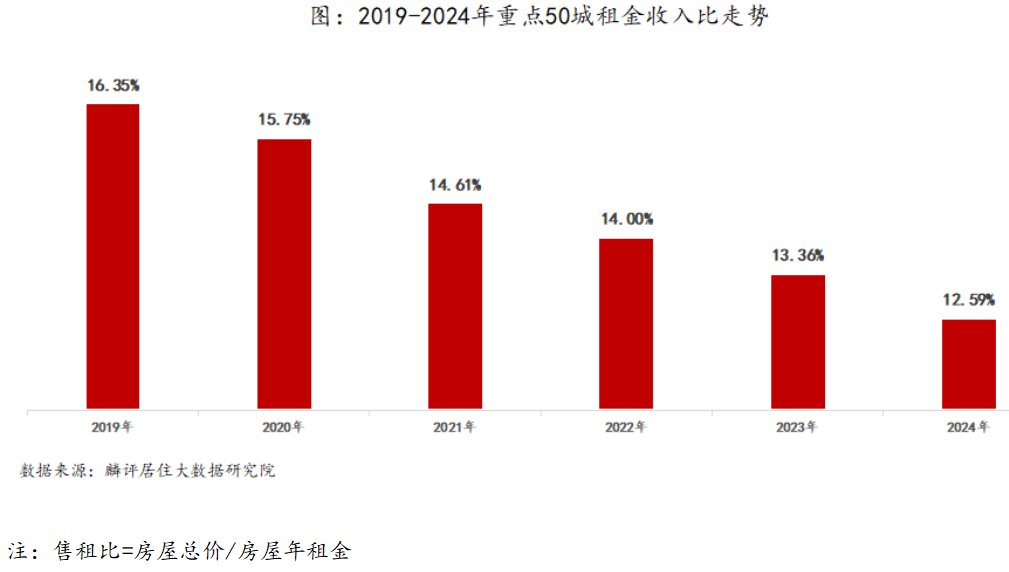
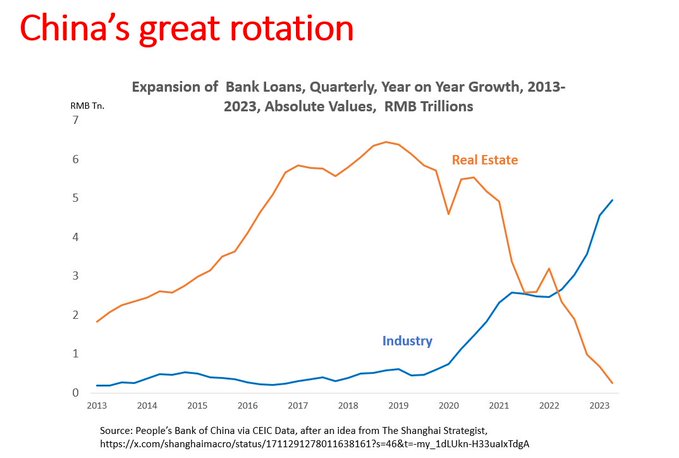
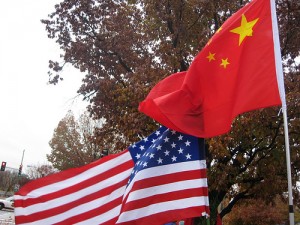
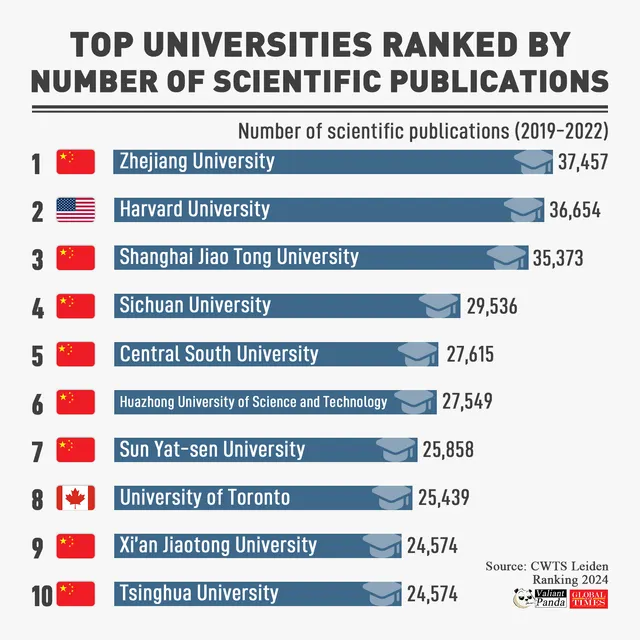
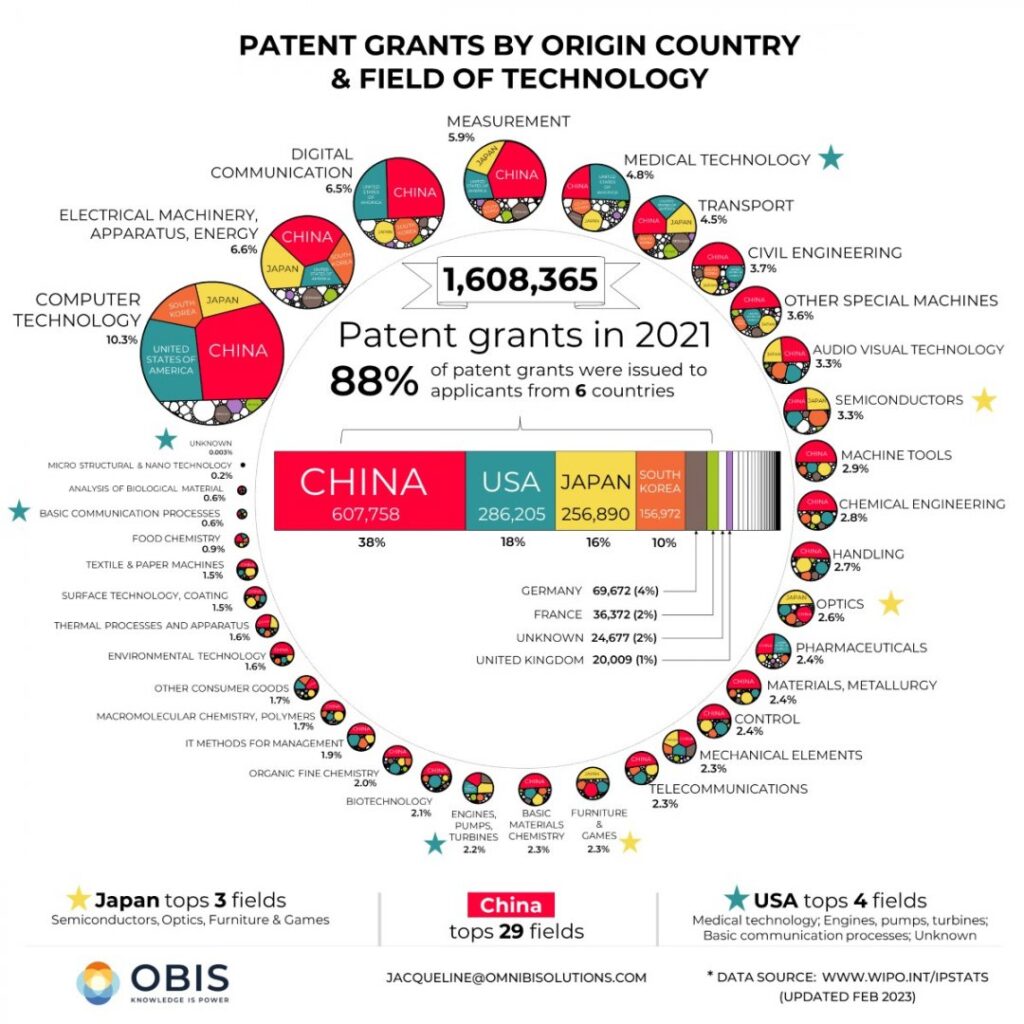
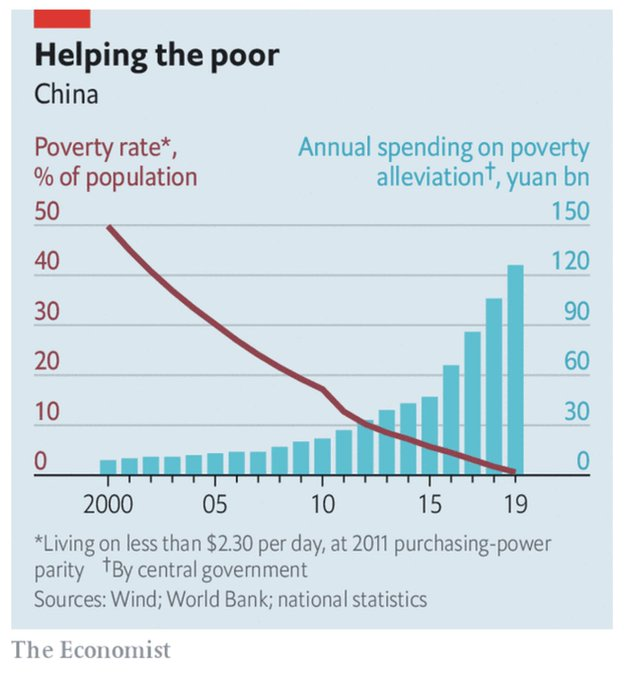
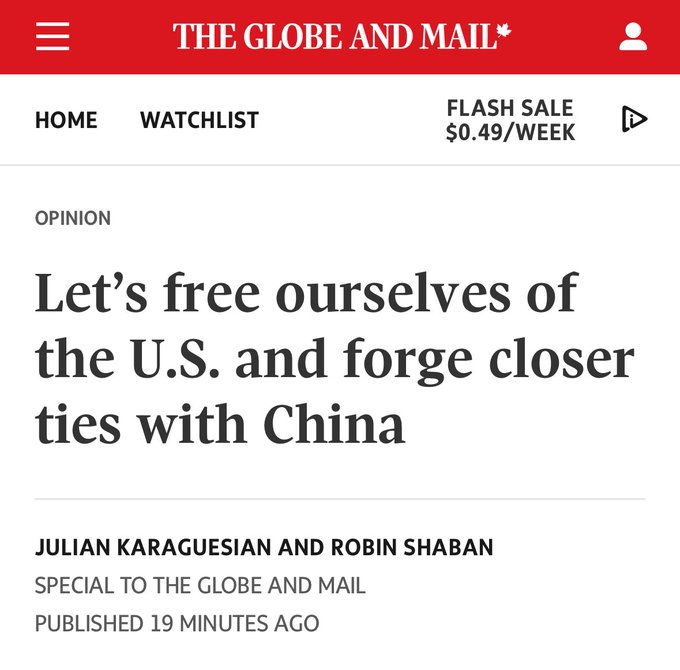 The Globe and Mail is one of the two main “newspapers of the elite” in Canada, and the older of the two. (The other one is the Nation Post).
The Globe and Mail is one of the two main “newspapers of the elite” in Canada, and the older of the two. (The other one is the Nation Post).